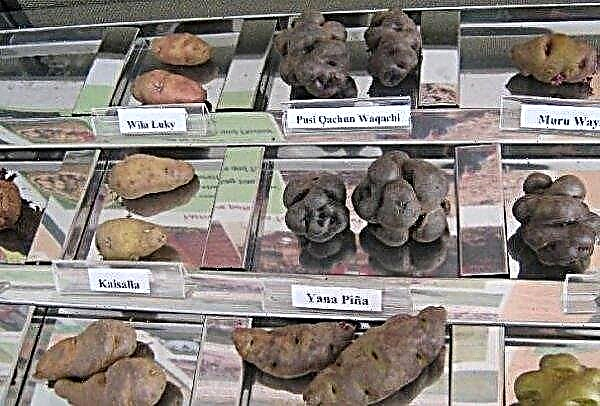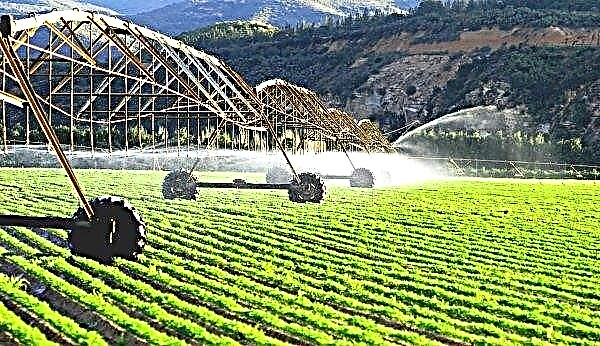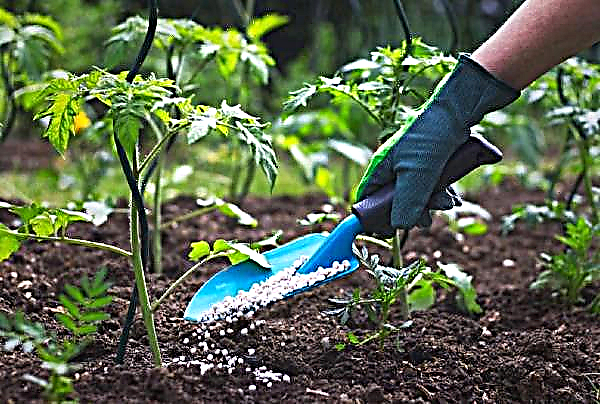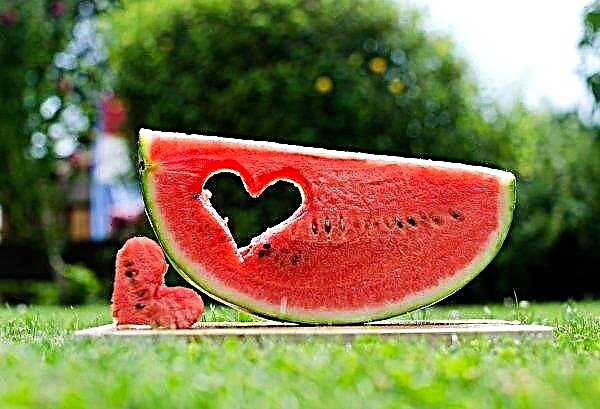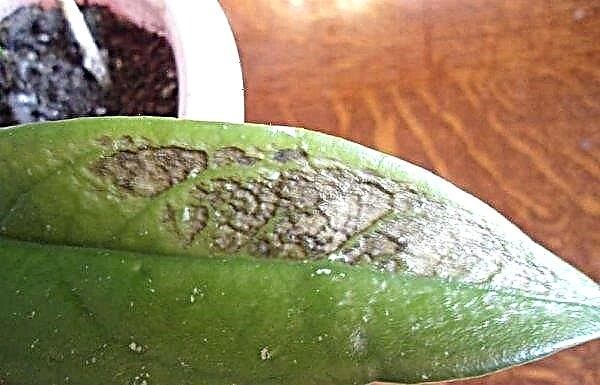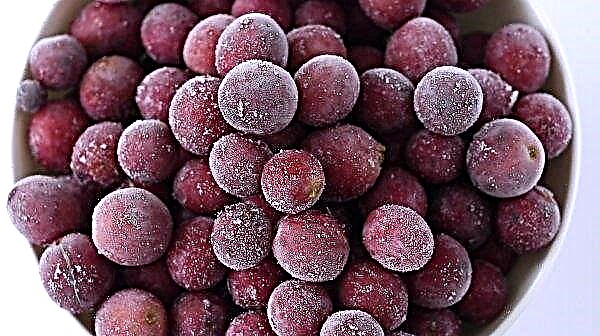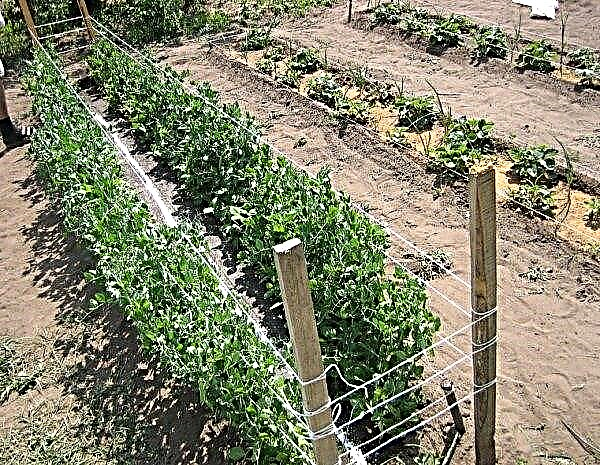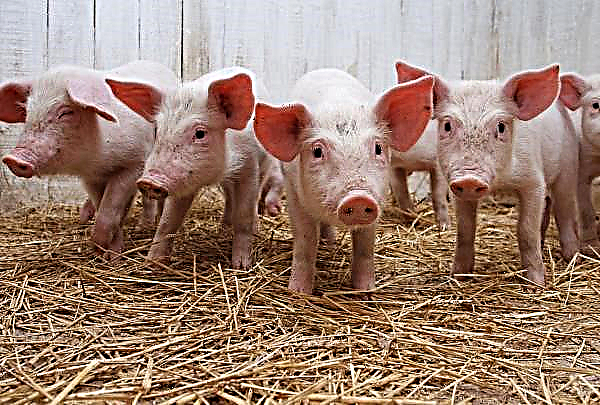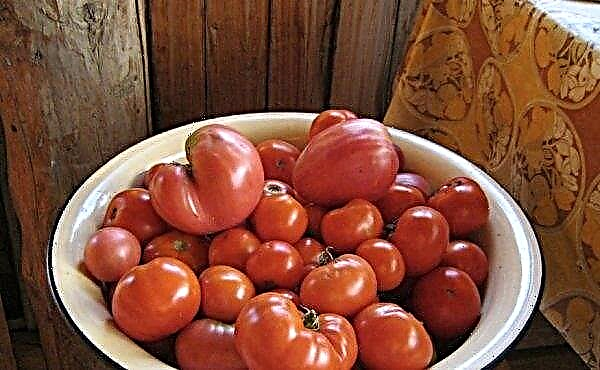Poultry productivity largely depends on its diet. This article discusses the best types of grain for chickens, self-preparation of mixtures and especially the feeding of birds.
Which grain is best for chickens
To ensure a balanced diet for birds, a sufficient amount of minerals and vitamins, their nutrition needs to be diversified. Poultry should receive both wet food (mash) and chopped vegetables.
But the basis of the diet is grain:
- wheat - Ideal for laying hens. Rich in B vitamins and tocopherol;
- triticale (a hybrid of wheat and rye) - a high percentage of protein in the composition, rich in minerals. Suitable for chickens in both directions;
- oats - Thanks to amino acids it helps to recover after molting. A source of valuable trace elements (calcium, sodium, iron), contributes to mass gain;
- corn - quickly digested, nutritious. Suitable for meat hens;
- barley - supplies the body with fiber, acids and carbohydrates, promotes the strength of the shell.
 Rye is used extremely rarely because it contains a large amount of mucous substances. If it is introduced into the diet due to the absence of other cereals, then no more than 7-8% of the total diet. Due to the record amount of fiber, millet is given only to adults and then no more than 10% of the diet.
Rye is used extremely rarely because it contains a large amount of mucous substances. If it is introduced into the diet due to the absence of other cereals, then no more than 7-8% of the total diet. Due to the record amount of fiber, millet is given only to adults and then no more than 10% of the diet.Did you know? In 1981, the Golden Rooster Cinema Award was established in China.
Grain Consumption
Each direction of poultry productivity has its own diet with a predominance of certain products, its own dosage of grain in the diet. Some cereals are good for weight gain, but at the same time reduce egg production, so it is important to know and observe their daily rate.
For laying hens
Layers need higher protein levels to increase productivity. The basis of grain mixtures is wheat. In winter, it can make up 70% of the total diet; in summer, the amount is slightly reduced. Oats and corn are produced in small quantities due to the abundance of fiber.
Before serving, the grains are crushed, because they are too large, and the oats are also prickly.
Important! In order to avoid obesity and reduce egg production, birds spread food on the floor. Collecting it, the bird is actively moving, thereby keeping the weight normal.
On average, laying hens should eat such an amount of grain per day (in% of the total diet):
- wheat - 60;
- barley - 40;
- corn - 20;
- millet - 10;
- oats - 10.

For meat breeds
Meat breed is called a broiler.
For a good gain and fattening, birds are kept on a combined diet, the amount of which depends on age (as well as the number of cereals present in it):
a) chickens up to 2 weeks are required (in% of the total daily diet):
- corn - 50;
- wheat - 16
- barley - 8;
b) from 2 to 4 weeks (in% of the daily diet):
- corn - 48;
- wheat - 16;
c) older than 4 weeks (in% of the daily diet):
- corn - 45;
- wheat - 13;
- barley - 8.
For meat and egg breeds
For universal chickens, the diet is thought out especially carefully. In composition, it does not differ from the nutrition of egg breeds, but the amount of feed should be more by 15-20%.
Did you know? Thanks to 17,000 microscopic pores on the shell, eggs are able to completely absorb the surrounding odors.
The approximate daily diet of meat and egg nursery (in% of the total daily diet) is as follows:
- wheat - 70;
- barley - 40;
- corn - 30;
- millet - 10;
- oats - 10.

Features of feeding chickens
For the normal development and maintenance of the health of birds, it is necessary to divide the food by season. It is necessary to take into account the molting period, when pets especially need minerals and vitamins.
In winter
In winter, green feeds are not available, therefore, so that the bird does not experience a deficiency of vitamins, they increase the norms of cereals. It is important to feed it with sprouted grain, it contains more nutrients.
Approximate diet in the winter:
- whole grain - 70 g;
- crushed - 25 g;
- hay flour - 10 g;
- bran - 10 g;
- boiled potatoes - 40 g;
- grated carrots - 20 g;
- grated beets - 5 g;
- meat and bone meal - 2 g;
- waste meat or fish - 8 g;
- salt - 0.6 g;
- shell rock - 4 g.
In summer
In summer, there is an abundance of succulent herbs (for example, clover and nettle), rich in all the necessary vitamins for normal growth and development, therefore, the norms of cereals are lower. The summer menu is different from the winter:
The summer menu is different from the winter:
- whole grain - 55 g;
- crushed - 45 g;
- bran - 10 g;
- fresh greens — 40 g;
- cottage cheese - 12 g;
- inverse - 15 g;
- waste meat or fish - 5 g;
- meat and bone meal - 2 g;
- salt - 0.6 g;
- shell rock - 5 g.
Shedding weakens the body of the bird, during this period its diet should be more plentiful and balanced with useful elements. The share of cereals is increased so that the chicken receives more protein.
Other foods are added to the feed:
- cottage cheese;
- serum;
- reverse;
- grated vegetables;
- bean greens;
- crushed eggshell and chalk.
How to make a cereal mix yourself
Feed or grain mix can be prepared independently, which will save money. A high-quality feed should contain at least three types of grain. Be sure to add vitamins to the mixture.
In the embodiment below, the mixtures can be replaced with basic components. From these ingredients (in grams), the output is about 1 kg of feed:
From these ingredients (in grams), the output is about 1 kg of feed:
- wheat - 500;
- corn - 150;
- barley - 100;
- meal - 100;
- meat and bone meal - 140;
- hay flour - 50;
- yeast - 50;
- peas - 40;
- vitamin complex - 15;
- salt - 3.
The most useful for chickens (especially for those carrying) are germinated grain. It can also be cooked at home using conventional soaking.
Cooking Instructions:
- In the room where the process of germination will take place, the temperature should not be lower than + 20 ° C. Disinfect the container with a solution of potassium permanganate.
- Pour grain (20 g per individual) with water at room temperature so that the water level covers it by 2 cm. Leave for 12 hours.
- Move the grain into a cloth bag and leave it on a pallet to allow excess liquid to glass.
- Place the bag in a warm place and mix the mixture periodically. The layer in the bag should be no more than 5 cm, otherwise the grain will begin to deteriorate.
Important! Soaking wheat for more than 3 days will lead to the appearance of a fungus, they, in turn, — to infectious diseases of birds.
The productivity of a laying hen, broiler or universal breed depends not only on the conditions of detention, but also on the feed of the bird. Properly selected and optimally saturated with the necessary substances, the grain composition will ensure the health of birds and profit to the owner.

